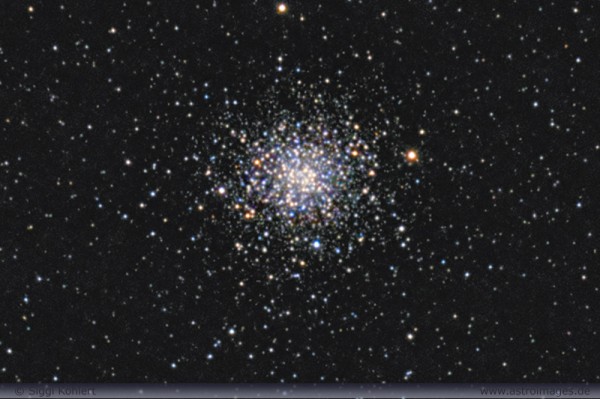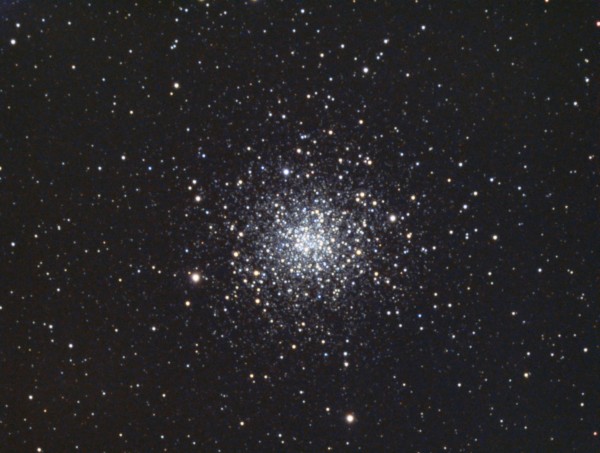“But touch a solemn truth in collision with a dogma of a sect, though capable of the clearest proof, and you will find you have disturbed a nest, and the hornets will swarm about your eyes and hand, and fly into your face and eyes.” -John Adams
Not every swarm is a danger, however, particularly if you're talking about the densest individual swarms of stars out there in the Universe: globular clusters!
 Image credit: © 2006 — 2012 by Siegfried Kohlert, via http://www.astroimages.de/en/gallery/M107.html.
Image credit: © 2006 — 2012 by Siegfried Kohlert, via http://www.astroimages.de/en/gallery/M107.html.
For today's Messier Monday, the Moon will be out and polluting your skies, but that doesn't mean you shouldn't be looking up at the wonders of the night sky; it means you should be targeting star and globular clusters. And the one we've got on tap for today almost didn't make it into the Messier catalogue at all.
 Image credit: Blue Mountain Vista Observatory, via http://www.star-watcher.org/M107.html.
Image credit: Blue Mountain Vista Observatory, via http://www.star-watcher.org/M107.html.
Say hello to Messier 107. Go read (and enjoy) the whole story.

So from your figures in the long article, a very rough estimate is that stars in M 107 get allotted less than 1.5 cubic light-years each, on average. How serious are the implications for solar systems in places like this, compared to our solar system? Stars in a globular cluster will have relatively little room for analogs to the Oort cloud, for example.
" Only, instead of maybe a few dozen that are that bright, there would be thousands. " this statement reminded me of Asimov's 'Nightfall'.